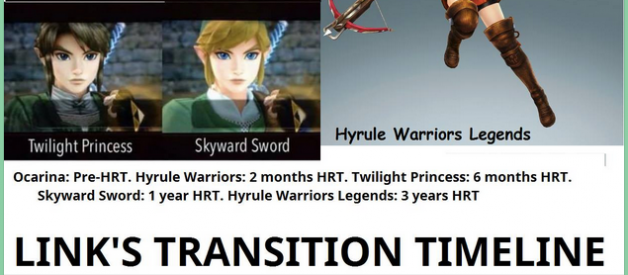?because The Legend of Zelda made me trans.
I?ve been saying it for years ? if you love the Zelda games, you aren?t cis. The series is packed to the gills with beautifully androgynous characters, tough, masculine women, feminine, graceful men, and people who switch their gender presentation for reasons either strategic or personal. At times, the gender-bending and transitioning is acknowledged outright; other times it is implied by character design or clothing and mannerisms.
In some games, the titular Zelda is absent, leading many players (including me, when I first picked up Link?s Awakening in third grade) to assume the pretty, angularly-faced, androgynous hero was a female knight named Zelda. In Ocarina of Time, Zelda herself physically transforms into Sheik, a wide-shouldered, flat-chested warrior, and is referred to with male pronouns. In Breath of the Wild, Link is given a female Gerudo outfit by a ?male? Hylian who identifies as female. In Triforce Heroes, Link dons a dress and is clearly overjoyed to do so. Of course, his standard clothing ? a long tunic and tights ? is already gender neutral, even feminine.
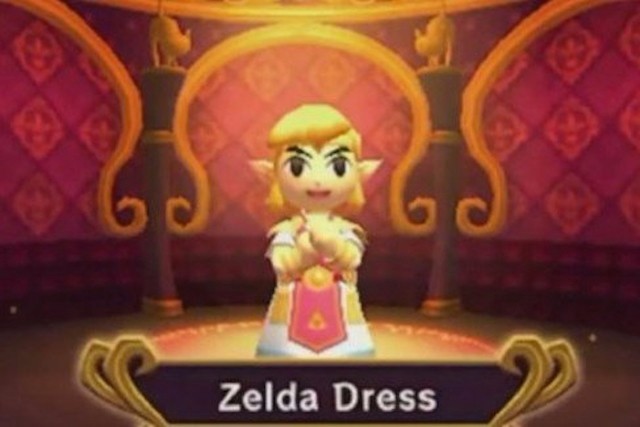
I?ve encountered a lot of trans people, over the years, who share my affinity for the Zelda series. The games speak to us for a lot of reasons ? in my case, Link (and Sheik?s) appearance has always been incredibly close to my androgynous ideal. Others like to see Link as a trans woman, and have an easy time finding evidence in how Link?s appearance has shifted over the course of various games, culminating in the very feminine Linkle.
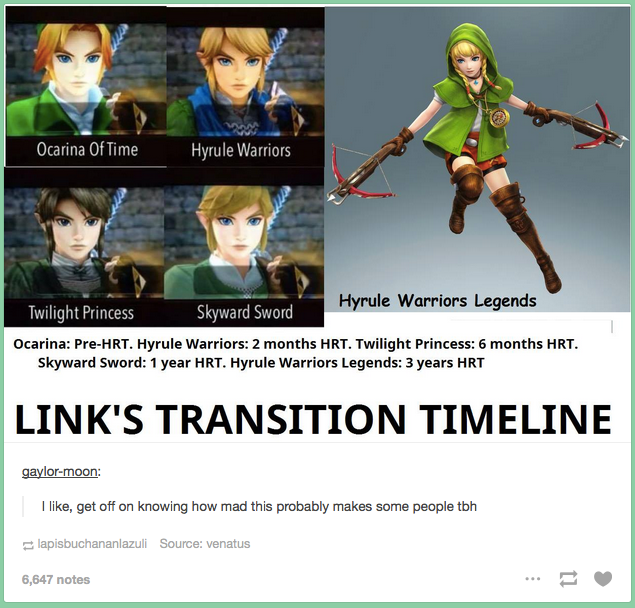
I?ve explored trans themes in the Zelda series in other outlets, so I?ll be brief about it here. Suffice to say: the world of Zelda is populated with characters of a variety of physical features, gender presentations, mannerisms, and styles of dress, and it?s easy for trans people to look at the array we?ve been given and find something to latch onto.
And we don?t need to stop there! Several other Nintendo games feature canonically transgender or nonbinary characters. Here is a quick overview of who those characters are, and the evidence that they are, officially and canonically, trans.
Samus Aran
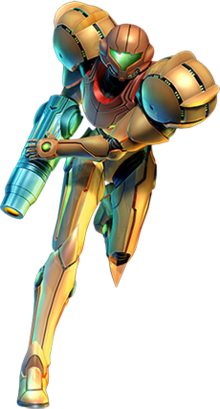
In the original Metroid, game materials obscured Samus? gender, or referred to her as male. In Super Metroid, this was also the case, but it was a set-up for the surprise ending of the game, in which Samus is revealed to be female.
In press from that era, Samus was described as being six foot three and 198 pounds, though later depictions of her have portrayed her as smaller and more conventionally ?feminine?. At about this time, her trans status was revealed by game writers:
?In 1994, the writers of the official Japanese Super Metroid strategy guide asked Metroid?s developers if they could share any secrets about the intergalactic bounty hunter. Hirofumi Matsuoka, who helped work on the original design for Samus Aran, claimed that she ?wasn?t a woman,? but instead, ???????,? or ?newhalf.? This language has its own issues, but terminology used for gender in the early 90s was as different in Japan as it was in the West.?
Source: https://www.themarysue.com/metroids-samus-aran-transgender-woman/
Zelda / Sheik
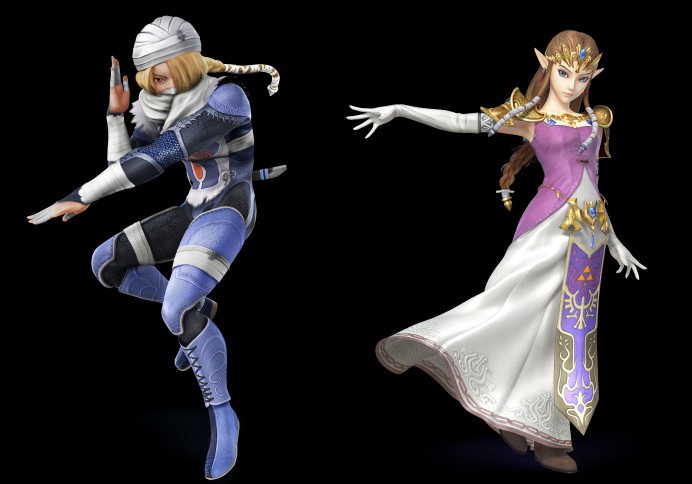
Sheik is introduced to Link in The Ocarina of Time as a mysterious, lightning-quick male warrior. He has a conventionally ?male? physique and a deep voice. Later in the game, he is revealed to be Zelda, the titular princess. Though Zelda initially takes Sheik?s form in order to hide her identity, she continues to choose to transform into Sheik in later games in the Super Smash Brothers franchise. In game manuals, in the game itself, and in Super Smash Brothers, Sheik is referred to as male and Zelda is consistently referred to as female.
For more commentary see here: http://cristophermarc.blogspot.com/2012/02/legend-of-zelda-and-transgender.html
Birdo
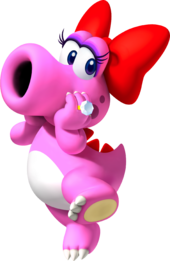
Birdo was originally a villain in Super Mario Brothers 2, though she has appeared in numerous games as a non-player character and playable character since. The manual for Super Mario Brothers 2 described Birdo as a ?boy who wanted to be a girl?, and suggested she had picked out a new name (in Japan, she is called Catherine) . In Super Smash Brothers Brawl, Birdo is described as ?gender indeterminate? and is referred to as an ?it?. In Japan, Birdo is typically referred to as a ?he?, and in the U.S. and Europe, she is referred to as a ?she?.
Birdo?s identity has not been respectfully treated by Nintendo, especially Nintendo of Japan, obviously. But it has always remained canon that Birdo was assigned male at birth and identifies as female.
https://en.wikipedia.org/wiki/Birdo
Link

Game producer Eiji Aonuma has stated in interviews that the Ocarina of Time iteration of Link was designed to be ?gender neutral?. Series creator Shigeru Miyamoto has repeatedly said in interviews that the character was designed to be ambiguous and easy for all to identify with from the very beginning. Link is consistently referred to as a ?he? in the games, but he favors neutral-looking clothing (almost always a flowing, skirted tunic and tights) and wears dresses in several games in the series. His female counterpart, Linkle, is often interpreted by transgender fans of the series as being a post-transition, trans woman Link.
E3 2010 ? Ten minutes with Shigeru Miyamoto. GoNintendo. N.p., 16 June 2010. Web. 28 Dec. 2016.
Next Link May Not Be a Girl, But He?s Androgynous by Design. Time. Time, 15 June 2016. Web. 28 Dec. 2016.
Pokemon Trainer in X / Y

This character is encountered, and fought by the player, in Pokemon X & Y. Her comment regarding being a ?Black Belt? is telling ? in the game, it is explicit that Black Belts can only be male.
In the Japanese version of the game, her transition is made even more explicit. Her dialogue reads, ?Only half a year ago, I was a Karate King. The power of medical science is amazing, isn?t it??
https://kotaku.com/pokemon-x-y-might-feature-a-transgender-character-1495358387
Honorable Mention: Pikachu
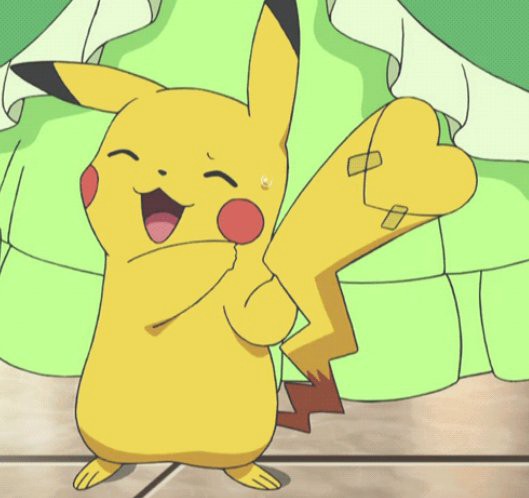
Pikachu?s character design has evolved quite a bit over the years. Originally, all Pikachus were depicted as having lightning-bolt-shaped tails. Later on, heart-shaped tails were introduced as an indicator that a Pikachu is female.
In the episode of the anime entitled Beauties Battling for Pride and Prestige!, Pikachu tapes his tail into a heart shape, in order to enter a women?s-only club. This is not depicted as an expression of identity, so much as a means of slipping into a women?s-only space unnoticed, so I can?t claim this is solid transgender representation. In fact, it feeds into stereotypes of trans women as fakers and infiltrators of women?s spaces, which is a really dangerous and pernicious myth. However, a lot of trans people have gravitated towards this joyful image of a gender-bending Pikachu, so I think it deserves posting.
https://bulbapedia.bulbagarden.net/wiki/BW098
The Trans Woman Gerudo in Breath of the Wild
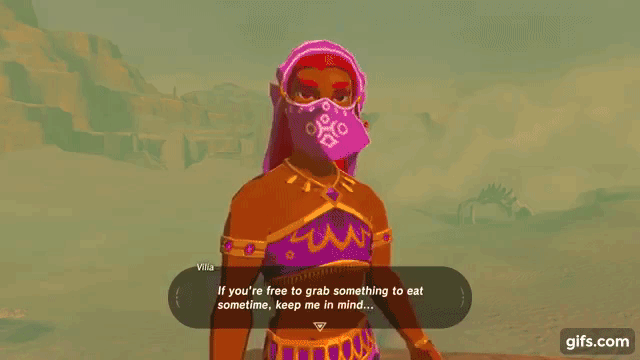
In Breath of the Wild, Link is given a female Gerudo outfit by a stranger with a beard who identifies as female and enjoys wearing female Gerudo clothing. Unfortunately, this moment is played for laughs ? when her beard is revealed, she is ashamed, and Link is startled, and she is generally portrayed as silly, flirtatious, and a little bit perverse. So, once again, this is an example of a trans woman being presented as somewhat disingenous and laughable, and she gives Link female clothing so he can sneak into a woman?s-only space unnoticed. I can?t say she is good trans representation, but she is canonically trans therefore worthy of inclusion here.
https://www.pastemagazine.com/articles/2017/03/how-breath-of-the-wild-failed-us-when-it-comes-to.html
